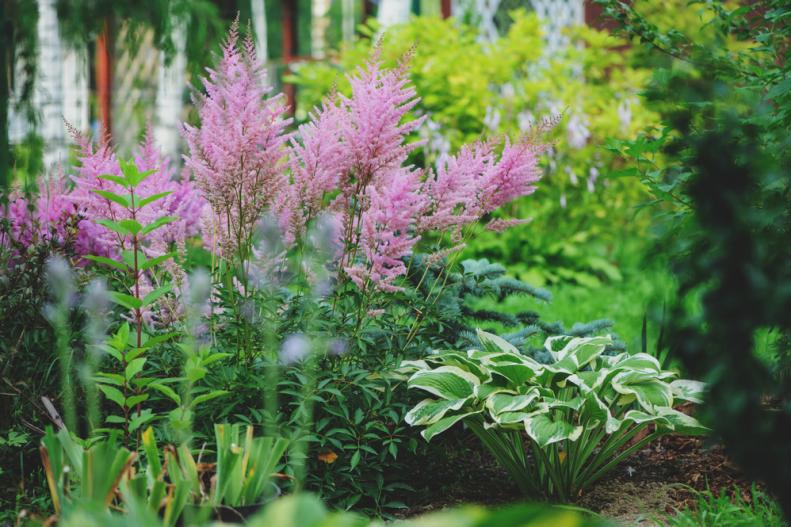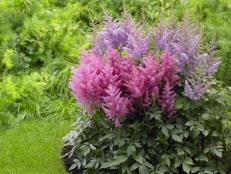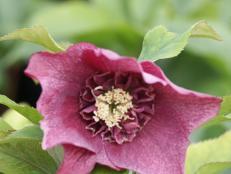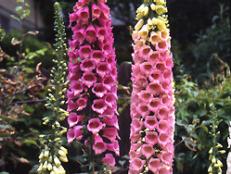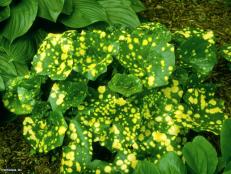Perk Up Your Garden With Shade-Loving Perennials
Looking to add color to that shady part of your garden? Some perennial flowers will thrive in areas with low sunlight and come back every year. Astilbes are some of the easiest perennials to grow and will open their plume-like flowers in partial shade. They'll even grow in full shade, although you won't get as many flowers.
Hostas are also a good choice for shady spots. Some can take more sun than others, depending on how much sun your garden actually gets, but most are happy with a little morning sun and afternoon shade. Available in shades of green, blue, cream, yellow, gold and white, they need little care and add color to beds and borders.
Remember, even plants that are labeled for full shade need some sun. Usually, they'll do best with no more than three hours or four of direct sun each day and filtered sun for the remainder of the day.






